The Benefits of Reading with Your Class: Engaging All Learners, Including SEN Students
The Benefits Of Reading
A dynamic learning environment fosters cognitive, emotional, and social development through reading in an educational setting. As a teacher, reading with your class can be a transformative tool, especially when it is inclusive of all learners, including students with Special Educational Needs (SEN). This article will explore the benefits of reading with your class and provide tips to engage all students effectively. For instance, teachers can use a variety of reading materials such as books, poems, comics, magazines, and stories to provide a stimulating and interactive learning experience for their students. Improving literacy in KS1 is a big focus for Ofsted and the DfE at the moment. It is also well worth doing!
The Benefits of Reading with Your Class
- Enhances Cognitive Development: Reading stimulates children’s brains, expanding their vocabulary and enhancing their understanding of language structures. It also promotes critical thinking skills as children make predictions, draw conclusions, and make connections between the text and their experiences.
- Encourages Emotional Development: Through stories, children can explore a wide range of emotions and empathise with different characters. This helps them understand and regulate their feelings better.
- Promotes Social Skills: Reading as a class creates opportunities for discussions, collaborations, and shared experiences. It can also expose children to diverse perspectives and cultures, fostering inclusivity and respect for differences.
- Cultivates a Love for Reading: Sharing a story with the class can make reading a fun and enjoyable experience, thus encouraging a lifelong love for reading.
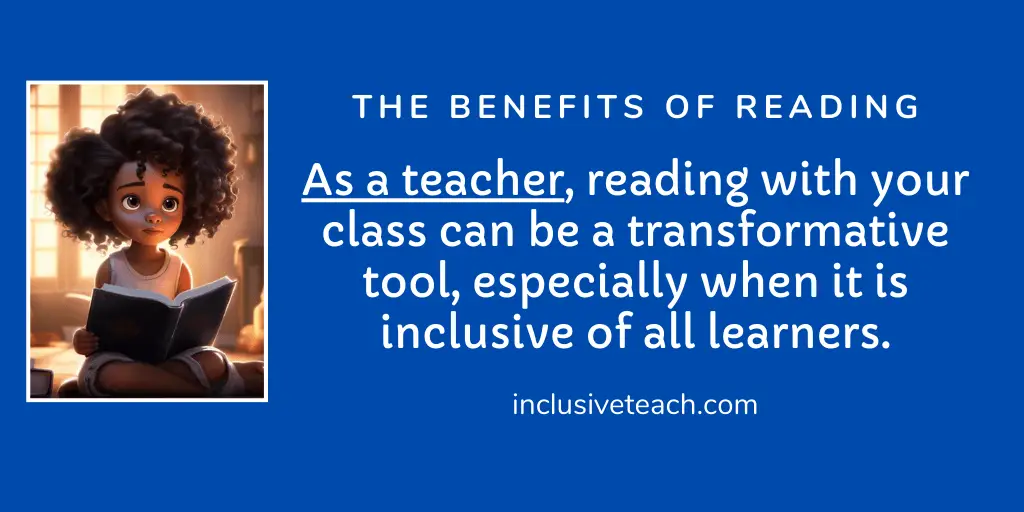
Engaging All Learners In Reading, Including SEN Students
Inclusivity is fundamental in the Early Years Foundation Stage (EYFS) classroom, and creating a welcoming and inclusive learning environment is essential for the holistic development of all children, including those with special educational needs (SEN). In an inclusive classroom, it is imperative that reading activities are designed inclusively to cater to the diverse needs of learners, fostering a sense of belonging, engagement, and achievement for every student.
The key strategy to promote inclusivity in reading activities, and therefore maximise the benefits of reading, is through the use of adaptative planning and quality first instruction. Differentiating reading tasks allows teachers to tailor activities to meet individual students’ abilities and interests. This approach ensures that all students can actively participate, comprehend, and enjoy reading tasks at their own level. For example, providing various reading materials at different reading levels, and incorporating visual aids and manipulatives.
- Choose Diverse and Inclusive Books: Select books that reflect the experiences and identities of all children in your class. This includes books featuring characters with disabilities, from different cultural backgrounds, and with various family structures.
- Use Interactive Reading Strategies: Techniques like shared reading, paired reading, or choral reading can make the reading experience more interactive and engaging. Consider incorporating props, gestures, or dramatic elements to bring the story to life.
- Differentiate Instruction: Modify your teaching to accommodate the diverse learning needs in your class. This could involve adjusting the pace, using visual aids, or providing additional support as necessary.
- Provide Assistive Technology: For SEN students who might struggle with traditional books, consider using tools like audiobooks, e-books with adjustable font sizes, or text-to-speech software.
- Foster a Supportive Environment: Create a classroom culture where all students feel safe to participate, make mistakes, and express their ideas. Encourage peer support and collaboration.
Reading to your EYFS class is a rewarding experience that benefits cognitive, emotional, and social development. It is possible to ensure that all students, including those with SEN, are actively engaged and benefit from these reading sessions by implementing inclusive strategies. Flexibility is key to tailoring your approach to meet the needs of each child.
Adapting Reading Activities For SEN Learners.
Here are some ways you can adapt reading activities to meet the needs of SEN learners:
- Make it irresistible: Foster children’s enjoyment of reading through singing, acting out stories, adopting funny voices for characters and incorporating their interests into book choices. Make reading fun to develop intrinsic motivation.
- Provide visual aids – Use pictures, symbols, objects and gestures to illustrate the story. Create visual schedules and lists. These help make reading more concrete and accessible.
- Read aloud more – Spend more time reading aloud to children and less time having them read independently. This exposes them to language patterns and allows them to practice word identification in a low-stress way.
- Use shorter texts – Choose books, poems and articles with shorter sentences and paragraphs. This reduces the cognitive load for SEN learners who struggle with sustained attention.
- Reduce distractions – Read in a quiet space with few visual or auditory stimuli that could divert the child’s attention. Minimise disruptions during the activity.
- Slow down the pace – Read at a slower rate, giving children more processing time between sentences and paragraphs. Pausing frequently allows SEN learners to comprehend and respond. We are reading for pleasure not to complete a task.
- Break down tasks – Segment multi-step reading tasks into smaller, achievable chunks. Provide step-by-step instructions and check for understanding frequently.
- Repeat readings – Read the same text multiple times over several sessions. This aids memory retention and comprehension for children with learning difficulties.
- Discuss as you read – Pause after sentences or paragraphs to discuss what happened, clarify meanings and ask questions. This helps ensure children understand the text as you progress.
- Use multisensory resources: Incorporate interactive and hands-on learning aids like magnetic letters, sand trays, stamps and play dough. Let children touch, feel and manipulate reading materials.
- Limit unrelated questions – Avoid questions that require the child to make inferences or think too abstractly. Stick with concrete, literal questions about the story that assess their basic understanding.
- Sensory Templates For Early Literacy – Describing and using tactile resources to encourage engagement of SEN learners in literacy activities.
Off The Page: Interactive Reading Strategies
Interactive reading strategies can be incredibly beneficial in engaging students and helping them develop a deeper understanding of the text by linking them with a wider context. Here are some additional examples that can be used with your class:
- Picture Walk: Before reading a picture book, go through the illustrations with your students. Ask them to make predictions about the story based on what they see. This strategy can spark interest and stimulate their imagination.
- Think Alouds: Share your thought process as you read a book. Comment on the text, ask questions, make predictions, express confusion, or make connections to your own experiences or other texts. This can model good reading habits and strategies for your students.
- Echo Reading: Read a line or a short passage, then have your students ‘echo’ or repeat it back. This can help students with fluency, pronunciation, and comprehension.
- Interactive Read Aloud: Pause at strategic points while reading to ask open-ended questions or to discuss the events, characters, or themes. This encourages students to analyze the text and express their thoughts.
- Reader’s Theater: Turn the book into a mini-play, assigning roles to students to read out loud. This can be particularly engaging, improve reading fluency, and enhance comprehension.
- Graphic Organizers: Use tools like story maps, Venn diagrams, or flow charts to help students visualize and organize their thoughts about the text. This can aid in understanding the story’s structure and elements.
- Post-Reading Activities: After reading a story, engage the students in activities related to the book. This could be a drawing, a writing assignment, a role play, or a class discussion. These activities can help consolidate their understanding and extend their engagement with the text.
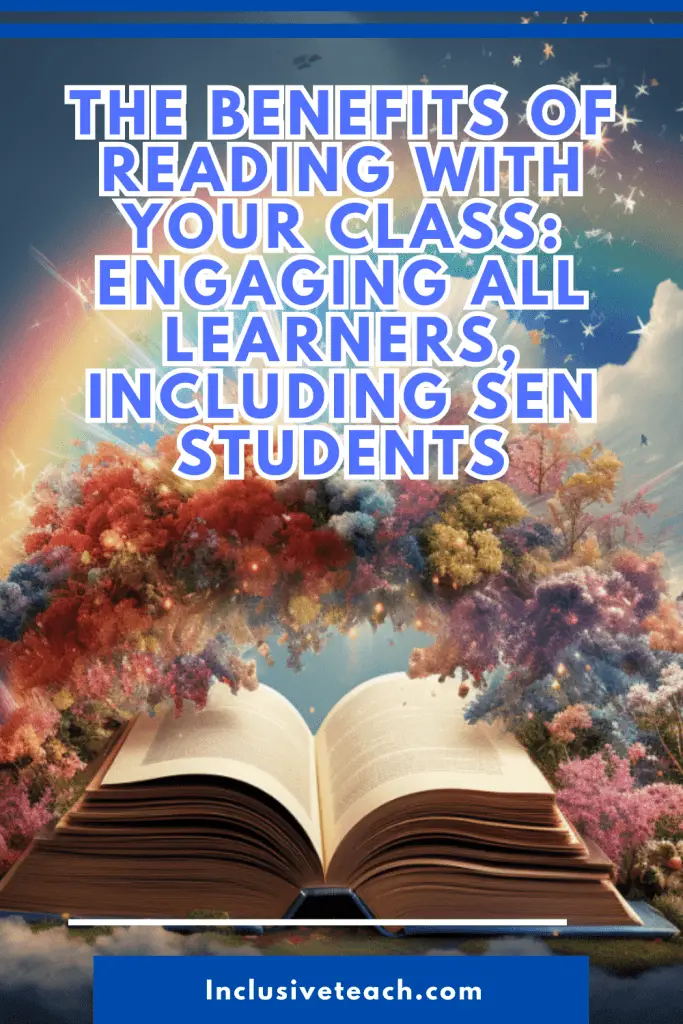

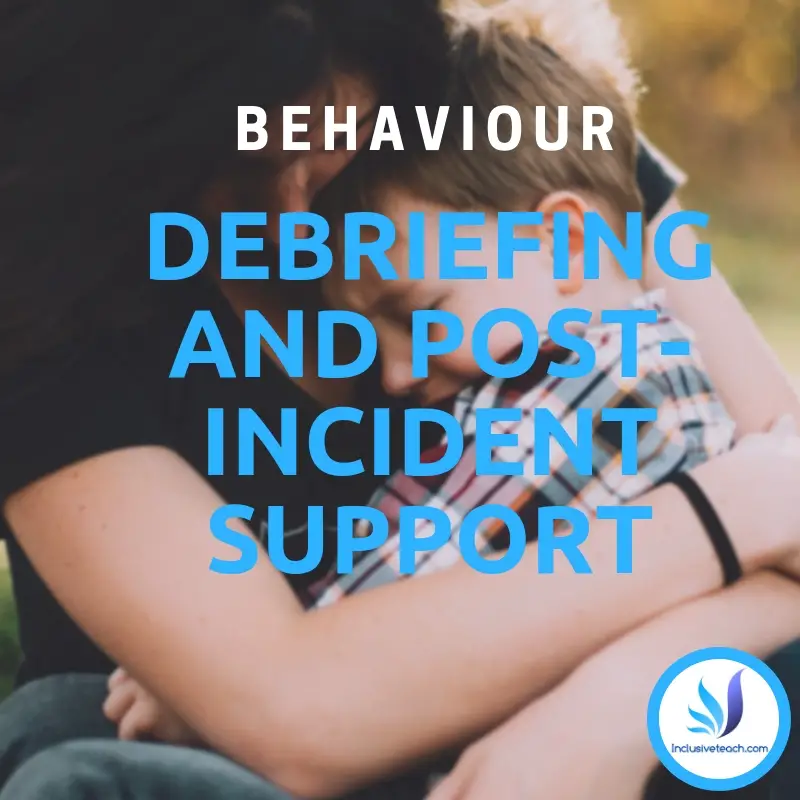
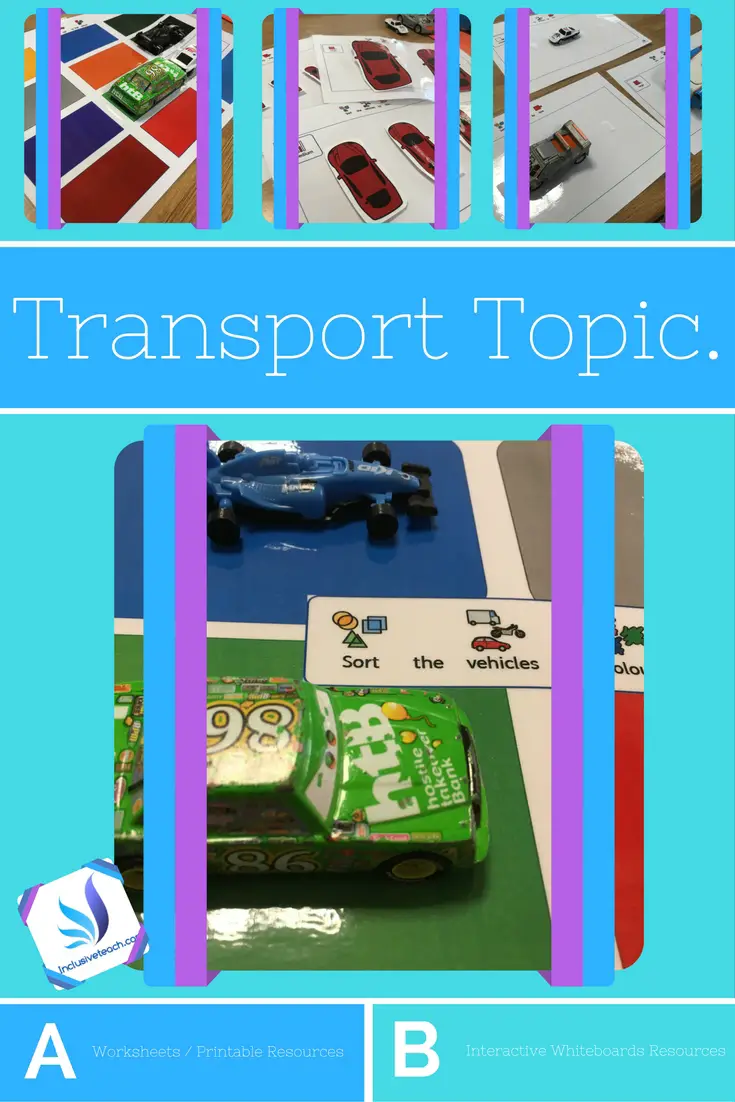
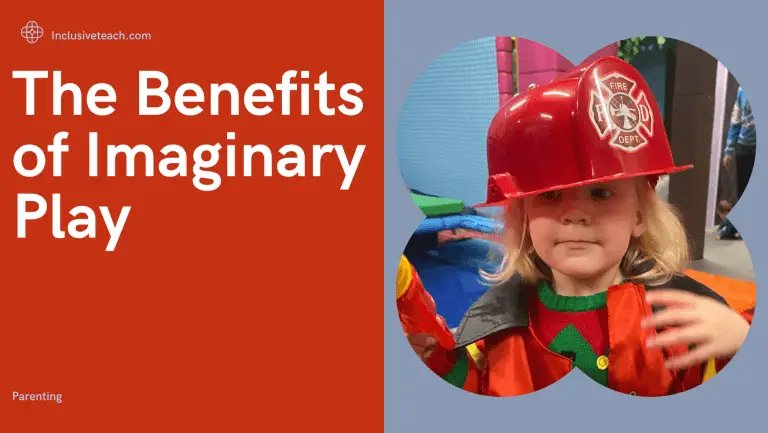


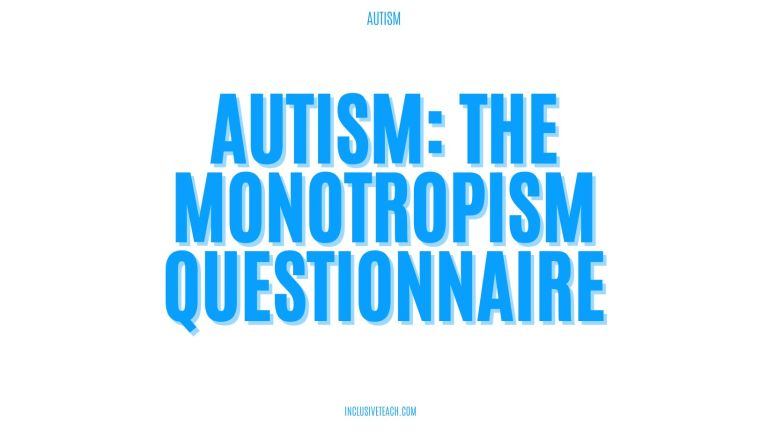
2 Comments